Little House in History
This little house is from an 1878 architectural publication, called "American Architect and Building News" that is supposedly out of copyright. (I would imagine anything from 1878 probably is!) It featured illustrations of designs that were actually built in America, including public buildings (city buildings, hospitals, churches), as well as projects that were privately commissioned. That makes this not only cute, but perhaps (assuming this one really was built as well) even a snapshot of history!
This one is from the April 13, 1878 issue of the publication.
Norwegian Koie (Little Cabin)
Even if you don't plan on making a back country trip to Norway any time soon, these tiny cabins may give you a few ideas on how to create a tiny house that melds nearly seamlessly with its natural surroundings. Koiene (pronounced koi-eh-n) are a system of tiny, convenient cabins scattered around the countryside of Trøndelag, Norway for use by anyone who's in the area for hiking, fishing, foraging, hunting, cross country skiing or snowshoeing.
The simple, little structures can be rented through a website that specializes in memberships for these types of vacation cabins. The site and the cabins are run voluntarily by groups of students. The cabins are named after the area they are in and these multi-syllabic locations are distinctive from each other: some are on a river or creek, some on top of a mountains, some by the lake or other larger body of water.
The koien rent for about 30 to 60 kroner (about $5-$10) per person per night and there are separate prices for members and non-members. Many of the cabins can fit up to 8 or 10 people, but none of them have electricity. All cabins have a propane or primus stove and are equipped with cutlery, plates, cups and pots and pans for cooking. Many of the cabins have an outhouse, but bathing options are limited: you might have to jump into that local stream or lake.
Photos by NTNUI Koiene
By Christina Nellemann for the [Tiny House Blog]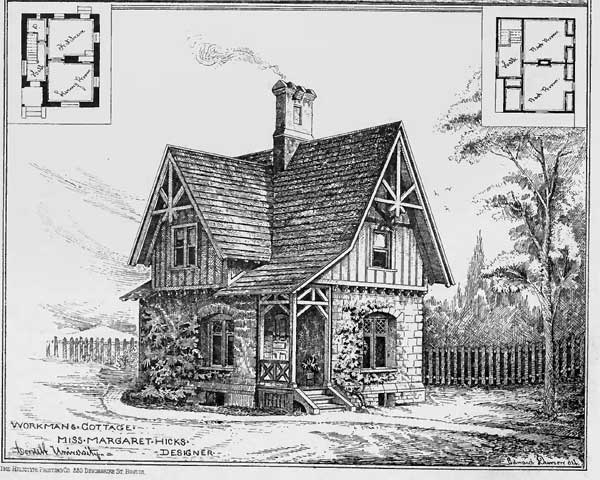
Spice Box Homes
Named after a simple, yet valuable commodity throughout history, Spice Box Homes is the vision of Colorado residents, Edwin Lindell and Chris Curry. They wanted their tiny house company to reflect their own love of the outdoors and concern for environmental impact, and felt that they could create a similar commodity through building, living, and educating.
Spice Box homes started in 2010 as an alternative to renting. When Edwin was finishing up college in Glenwood Springs, Colorado, he got tired of paying rent and decided to construct a tiny home on a trailer that could be moved every six months.
"Chris Curry, my business partner, had built a similar dwelling for himself a few years back to combat the same issues, just not on a trailer." Edwin said. "Once our prototype was constructed and tested for seven months, we decided to hit the ground running to build a company, lifestyle, and adventure for our community, friends, and our environment. We work to construct custom homes that resemble our clientele and create better living patterns."
The homes are built from reclaimed materials and include passive solar heating and efficient appliances. The company subcontracts all the electrical, plumbing, metal stud fabrication, insulation and roofing to ensure quality construction.
"We strive to use as much reclaimed materials as possible when building our homes," Edwin said. "Whether we use reclaimed barn wood or metal, or find a window distributor that has back-stocked windows that were custom built for a home and returned, we are working to reduce the carbon footprint of our building materials by using products that would otherwise be thrown in a landfill. We also use reclaimed construction websites, and local contracting companies to find materials that were once used or can no longer be used."
Each Spice Box home can be customized by the buyer. These include custom roof styles and exterior roofing, various lengths (16, 20 and 25 feet), various hitch types, interior and ceiling finishes, door and window styles and power sources. The kitchen choices include both gas and electric stoves and ovens, tankless, tank or solar hot water heaters, sinks, cabinets and shelving. The bathroom can have a composting toilet, a flushing toilet or a black water holding tank.
The company currently has two model homes: the Rustic Barn (for sale for $25,000 on Tiny House Listings), and for fans of the A Song of Ice and Fire books, Winterfell.
Photos courtesy of Spice Box Homes
Living Large in 400 Square Feet
By Alyse Nelson
Jon and Ryah Dietzen's 3-year plan entailed getting out of credit card debt, establishing an emergency fund, finding work closer to home, and having more family time. Sitting in their 1,700 square foot house, they realized it would not be easy to tackle their plan. So they made a move most people would consider extreme – they converted a garage into a 400 square foot cottage.
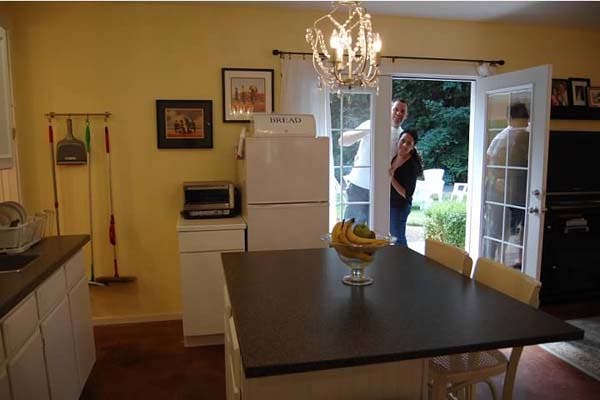
Jon and Ryah Dietzen look into their renovated cottage – their home for 3 years. Photo by Royce Tillotson, used with permission.

The Dietzens remodeled a garage into a cottage. Here is the "before" shot. Photo credit Royce Tillotson, used with permission.
The plan started by selling extra possessions on Craigslist, insulating and dry-walling the garage, and staining the concrete floor.
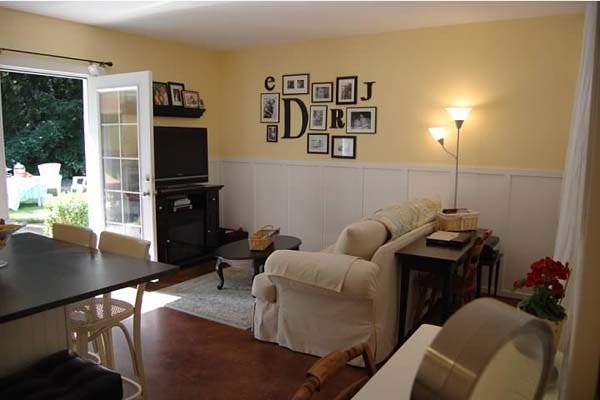
A view of the remodeled space. Photo credit Royce Tillotson, used with permission.
Once the transformation from garage-to-cottage was complete, Jon and Ryah moved in with their two toddlers. The family of four has about 100 square feet of real estate per person – just one-tenth the average square feet per person for single-family homes today.
But instead of deprivation, the Dietzens have found many benefits to tiny-house living. "We realized after a few months how much time, freedom, and peace we were gaining by not collecting and spending our time taking care of more 'stuff,'" Jon Dietzen told me. By choosing a smaller house, they found a better balance between work and home life.
Instead of weekend projects fixing up the yard and house, Jon and Ryah went outside their cottage, spending time with their children and their community. At first, Jon had a hard time with the shift, feeling less productive and spending less time (and money) at home improvement stores. Instead of pushing hard at work to afford a better lifestyle, Jon has learned to appreciate coming home and focusing on his family. He told me that they feel "like we have escaped some sort of crazy, frantic race for the 'bigger, better, more.'"
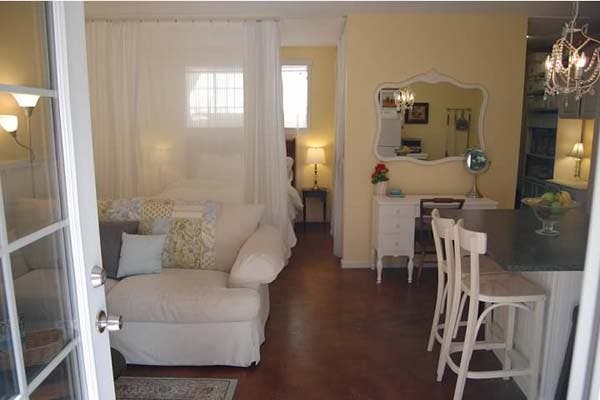
A lot in a small space: kitchen island, living room, and a bedroom behind a curtain. Photo credit Royce Tillotson, used with permission.
They have only four cups and four dishes to wash in the evening – leaving more family time. Their space is small enough that Jon and Ryah were encouraged to get outside and help the community. With fewer demands at home, the Dietzens volunteered more – they sewed dresses for girls in Bolivia, helped the homeless in Tacoma, Washington, and donated extra food and clothes to needy families.
The Dietzens have seen many benefits to small-house living over their 3-year journey. They've slowed down their lives, leaving time to grow stronger relationships, a better community connection, a more peaceful lifestyle, and solid finances.
They recently moved out of their cottage, but the Dietzen family continues to live small – they moved into a two-bedroom place. Jon told me they "don't want to go back to a life that jeopardizes the important balance" that they've found. The Dietzens prove that tiny homes can work even for a family of four, and that they're not just for couples, seniors, or singles.
Bio: Alyse Nelson is an urban planner for a small town in Kitsap County, Washington. She is a Writing Fellow for Sightline Institute. This post is adapted from a full article published here: http://daily.sightline.org/2012/12/20/tiny-homes/Ben's Tiny House
(Fall 2011 – Summer 2012)
My name is Ben Norton. This is my tiny house story. A neighbor of mine was all excited about your blog and showed me lots of really cool tiny houses that people have built. I was hooked. I just said, "That's what I'm going to do," and I just started; buying materials as I had money. I don't think anyone really thought I was serious because I was eleven years old at the time.
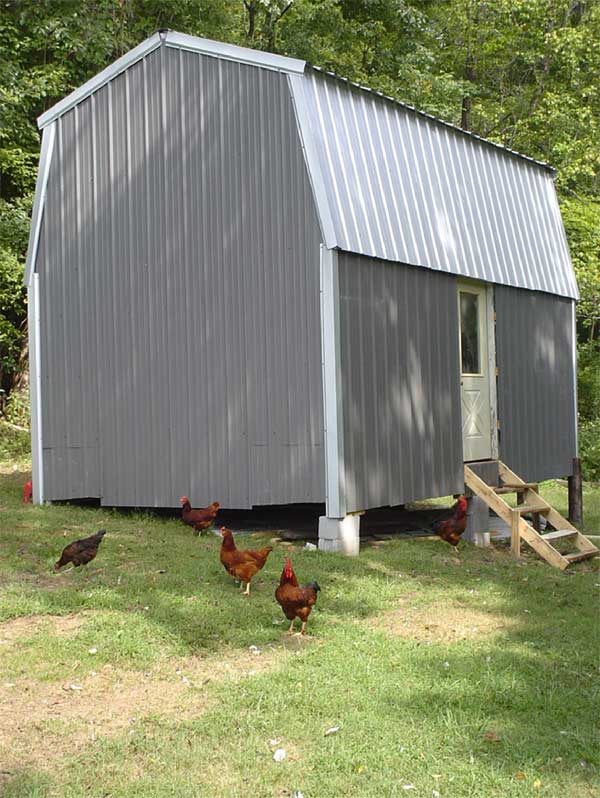
Growing up, my parents gave my brother and me skills that many kids don't have. We worked on lots of different projects with real hammers, nails and wood. From an early age I was like a sponge and absorbed all I could about power tools, building, tree cutting, engine repair, and even asking the right people for advice and help.
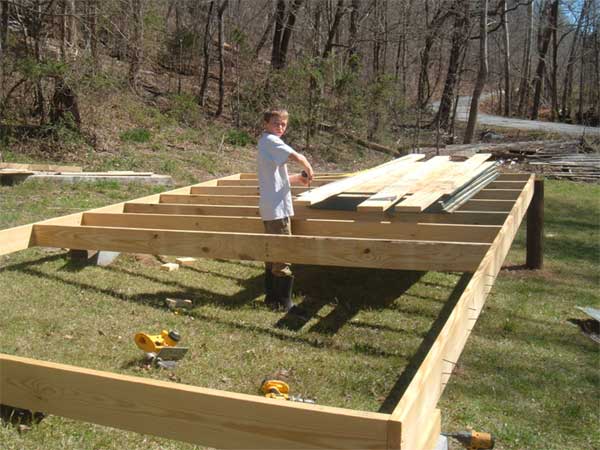
One of the first things I did was sell some high tech toys and bought a couple of tools (thanks Justin). Then another friend gave me about $500 worth of Dewalt tools to encourage me (thanks Gabe). When I started framing the floor, another neighbor helped me get started and leveled the site (thanks Ed). That was right around my twelfth birthday. I showed my friend Lynne how to use a power drill properly and we put on the decking. (It's a lot of fun when you get to tell an adult to start over when they don't do things right!) Then school and life got busy and money ran out. The project was covered up with a tarp for a while.
Oh yeah, the size is 12 x 20 with 8 foot walls, so it's not exactly tiny!
Spring came very early, so I was able to get back on the project and I bought a bunch of lumber. Tim, a seasoned builder and friend, brought the framing wood to me on his trailer and made a roof truss template for me to work from. Three good friends from up the road (Isaiah, Nathanael and William), came to help me build the roof trusses and frame the walls. They gave a lot of their time helping me and just being all around great friends. I decided on a gambrel style so I could get more space upstairs.
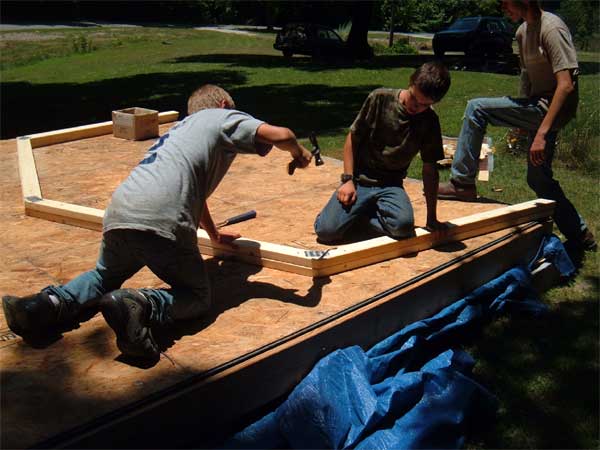
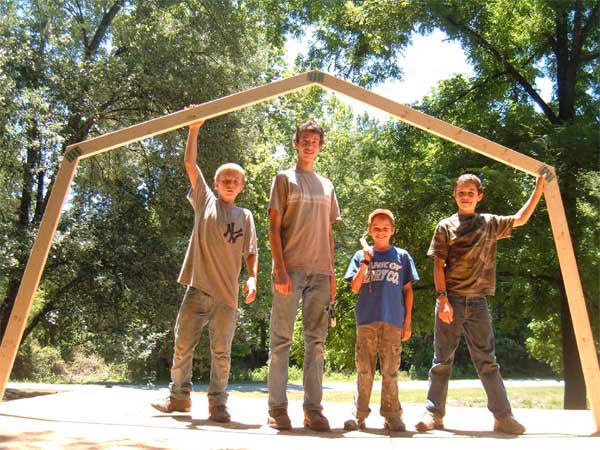
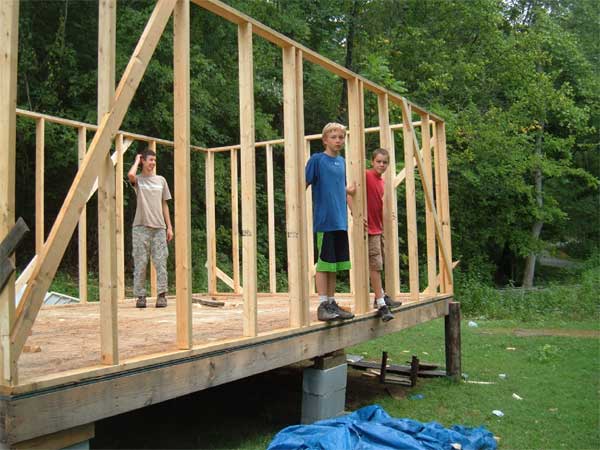
Word got out around my school that I was building a house. My teachers encouraged me. I'd get home from school and get to work on my house; sometimes with friends, and sometimes by myself. Once school was out for the summer, I helped Tim on his building crew for about 6 weeks. He taught me a ton and gave me a lot of experience. To catch Tim's crew, I had to get up early and meet him just before 7 am. Not exactly the best way to "enjoy" your summer, but I wanted the knowledge he had and just went for it. The effort paid off and I still had several weeks to work on my own house. Since it was a hot summer, it really helped to have lots of places to go swimming and spear fishing each day.
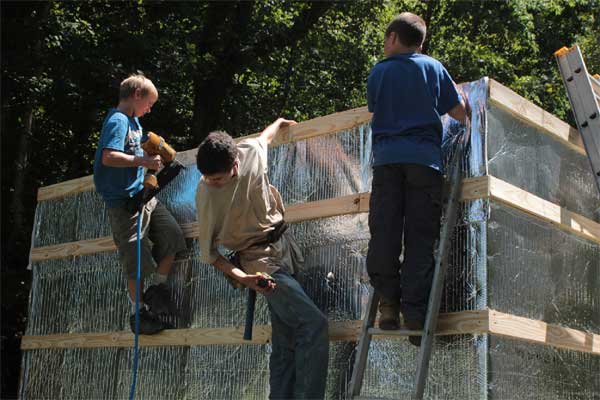
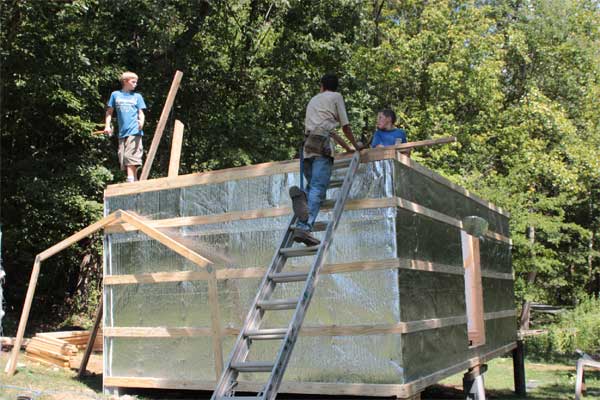
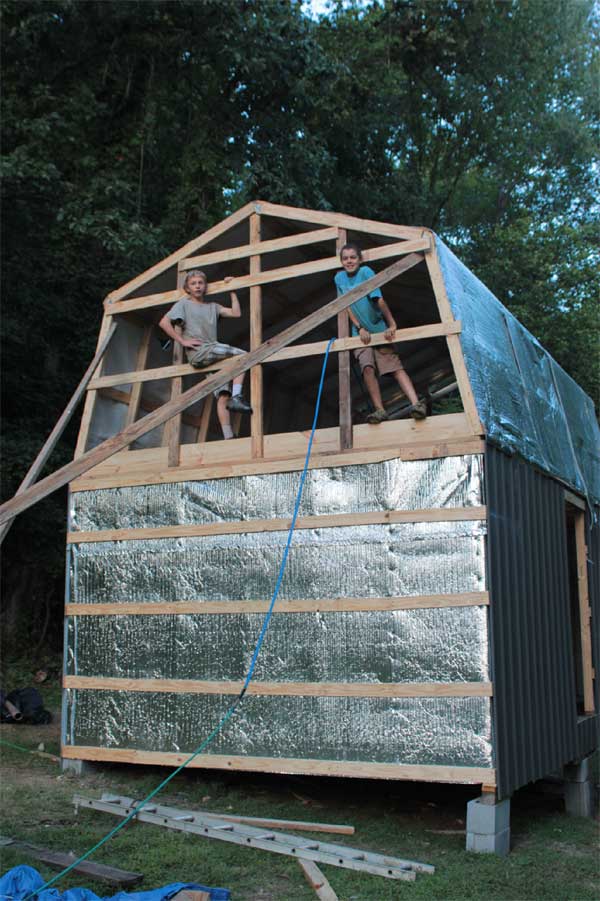
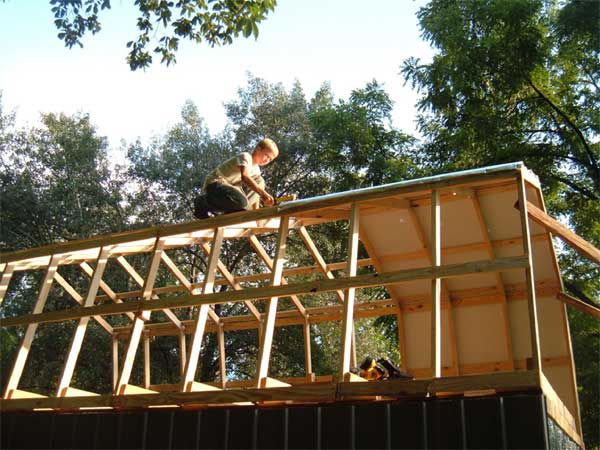
My goal was to get the house dried in as soon as possible because I was about to move to a new school and would not be able to work on it again for a while. It was a very busy last 4 weeks and so many great guys came to lend a hand getting up the bubble wrap, trusses, metal and trim. I had worked with Justin on a couple projects and he was the main guy when we did the metal siding.
Many thanks to Justin, John, Ethan, Brodin and most of all my parents for being the first ones to put tools into my hands.

I'm happy to say that the place has been dry through rain, snow and high winds for the last seven months. I hope to get the second floor and windows in some time this year and will post more progress when it's available.
Thanks for stopping by.
–BenCharles Finn's Microhomes
Charles Finn might just be the ultimate tiny house Renaissance Man. He's a self-taught woodworker, an author, freelance writer, editor of the High Desert Journal, a literary and fine arts magazine, and his custom microhomes also allotted a full color spread in Lloyd Kahn's "Tiny Homes, Simple Shelter" book.
Charles is originally from Vermont, but lived in Japan for a few years and admired the Japanese tea house designs. He eventually found himself in British Columbia living in a 7×12 foot vardo made by a woodworker friend. The vardo had no electricity or plumbing, but did have a 3-burner propane stove, a Jøtul woodstove and a set of deep-cycle batteries to run his laptop. After his first experience in a tiny home, he built his first "microhome" in Potomac, Montana out of lumber dismantled from old barns. The 8×12 foot cabin with a five foot loft became known as the Potomac Cabin.
"The entire cabin began with a daydream of wide windowsills so my cat, 42, could sit and look out," Charles said in Kahn's book. "The next winter I built a second and towed it into Missoula to show at a Farmer's Market. It sold to the very first person who cycled by, along with a promise to create another."
Charles is now building custom microhomes out of reclaimed and available materials. He mentions on his site that something the size of the Potomac Cabin will cost approximately $22,000 and a smaller 8×12 (like the Blue Room shown below) will cost around $14,000.
Photos by Charles Finn/A Room of One's Own
By Christina Nellemann for the [Tiny House Blog]
Dee Williams Lives Large in a Tiny Footprint
By Alyse Nelson
How much house does it really take to be happy? Some people are taking a hard look at the question, and discovering that the answer is: not much.
These "tiny housers" are bucking the idea that "bigger is better." Their homes, ranging from 800 square feet to less than 100 square feet—a far cry from the 1000 square feet per person that has become the North American norm—take many shapes and sizes. And the people who live in them are as diverse as the homes themselves. Some hope to save money on housing; others hope to "live green" by choosing a smaller space; some are trading living space for a neighborhood they love; and others want to live closer to family or friends.
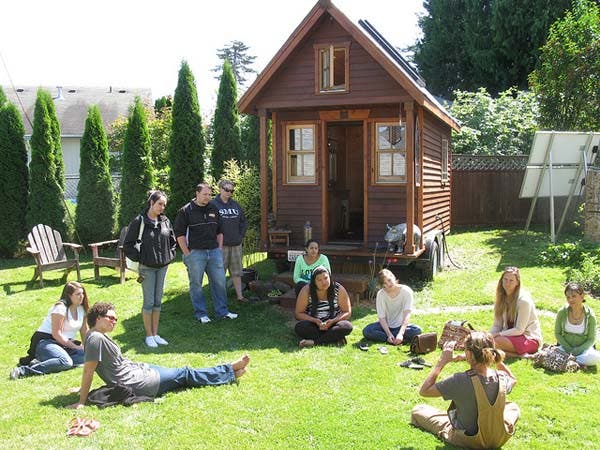
Dee Williams talking to a group outside her tiny house
Photo by Flickr user irooshka
Dee Williams's story starts with her questioning her lifestyle choices. After helping build a school in Guatemala and watching a close friend fight cancer, Williams reevaluated her priorities. "He was getting sicker and sicker, and I didn't have the time or the money to really throw myself into helping him. I was spending a lot of time and money on my house. So the house was the easiest thing to try to get rid of," Williams told Yes! Magazine.
"I started really wondering if the cost of owning a house, of maintaining a house, of remodeling my house, was really kind of socially what I wanted to be about. So I decided to bite the bullet and go for it!" Williams said in this video. So she sold her 1,500 square foot Portland home and built an 84-square foot tiny home for $10,000.
http://youtu.be/mYKqnq5uAuU (Video)
Her 8-foot by 15-foot home is parked in a friend's backyard in Olympia, Washington. She helps out with household chores in exchange for the space and drinking water. She lives with just a few outfits and shoes, but also is mortgage-free. This has allowed Williams to work less and spend more time and money investing in giving back to her community.
Williams's story has spread far; because she's been featured in national news more than 20 million people have viewed (in person or via video) her tiny home. She received the 2008 Governor's Award for Sustainable Practices in Washington State. Now she co-owns PAD—Portland Alternative Dwellings—a tiny house company that holds workshops to help future tiny housers get their start.
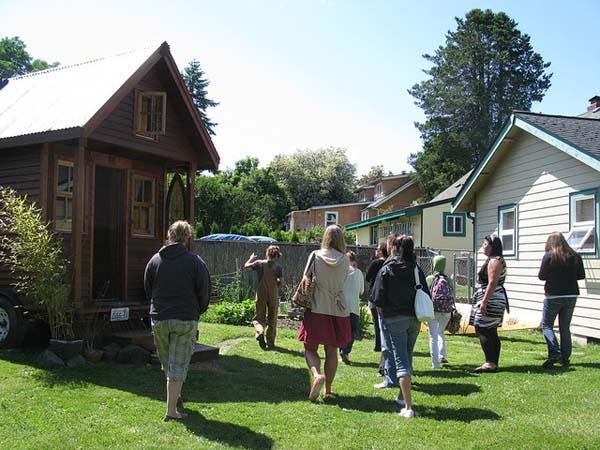
Dee Williams shows off her tiny house.
Photo by Flickr user irooshka
But the help tiny housers need most isn't advice about building or living in a small space; it's navigating the maze of regulations they'll confront as they downsize.. Some cities set minimum size requirements for dwellings. Others say a recreational vehicle can't count as an ADU, which is typically how a tiny house is categorized. This means "you can camp in your little house, but not live in it," writes Williams. Williams helps other tiny housers navigate the regulatory barriers that come with tiny house living.
Through her activism—and her lifestyle—Williams is helping create a wave of interest in tiny homes that local governments cannot ignore for long. Williams proves that even if your house has a tiny footprint, you can still live large.
Bio: Alyse Nelson is an urban planner for a small town in Kitsap County, Washington. She is a Writing Fellow for Sightline Institute. This post is adapte

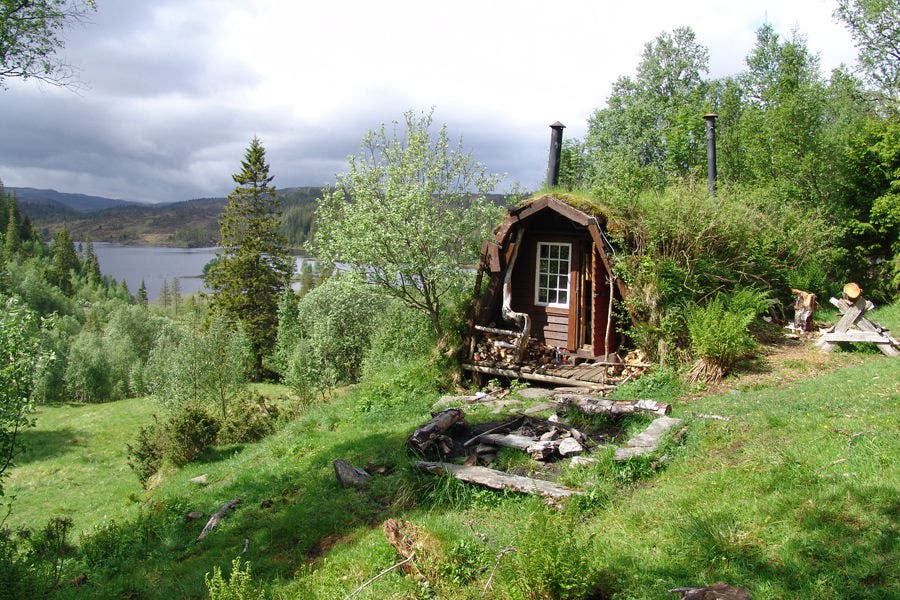
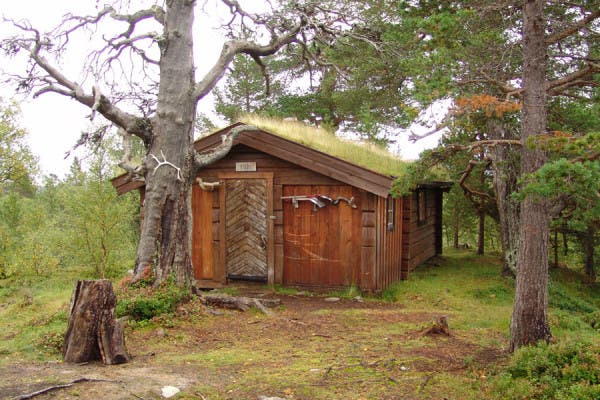
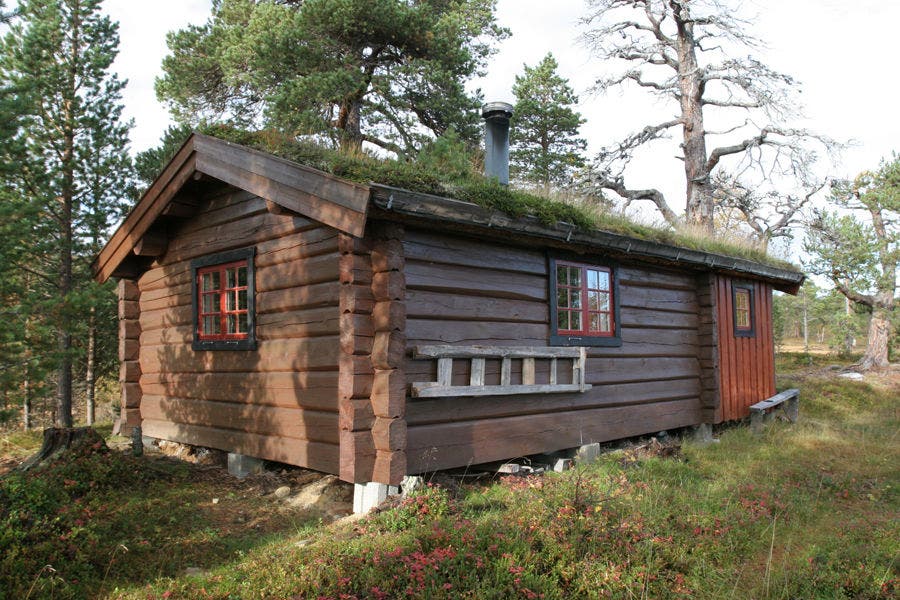
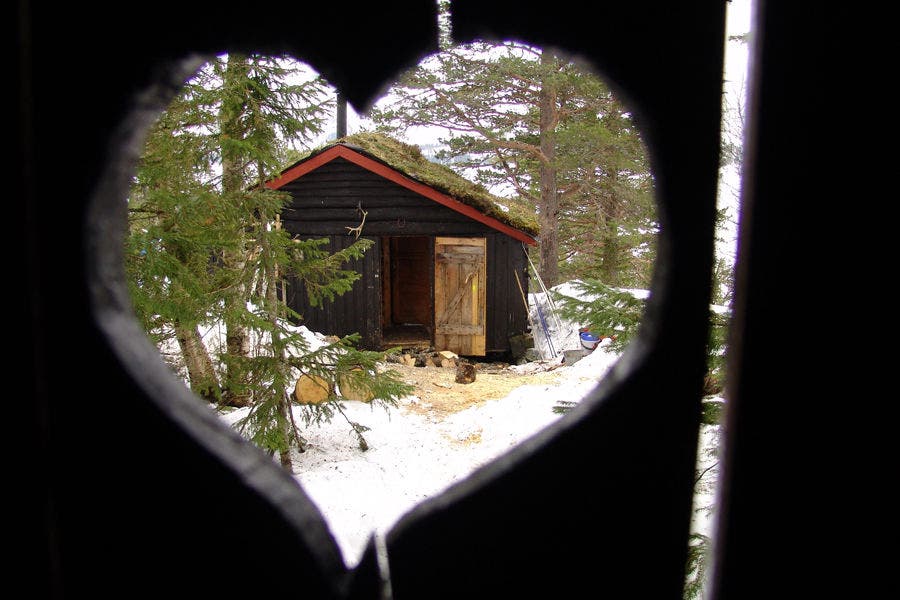
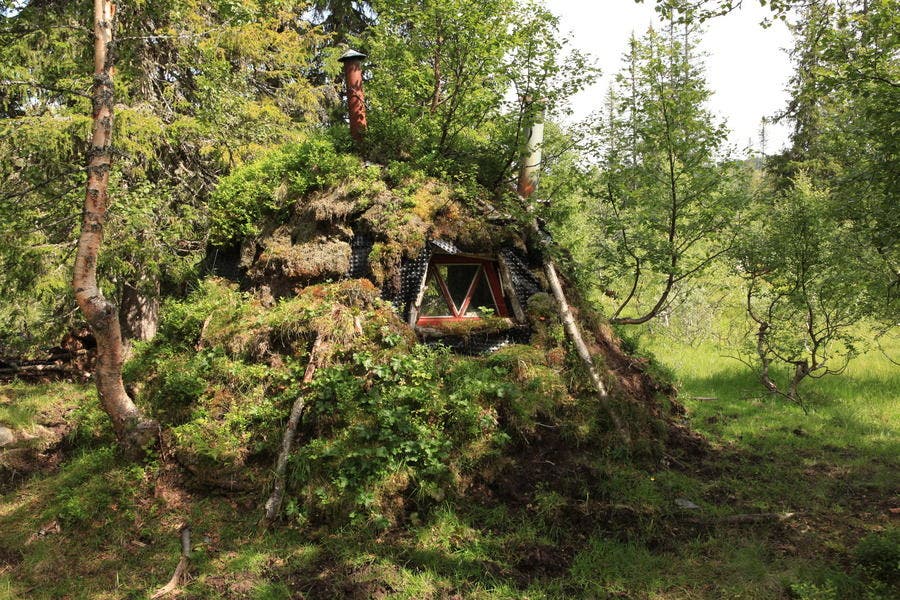
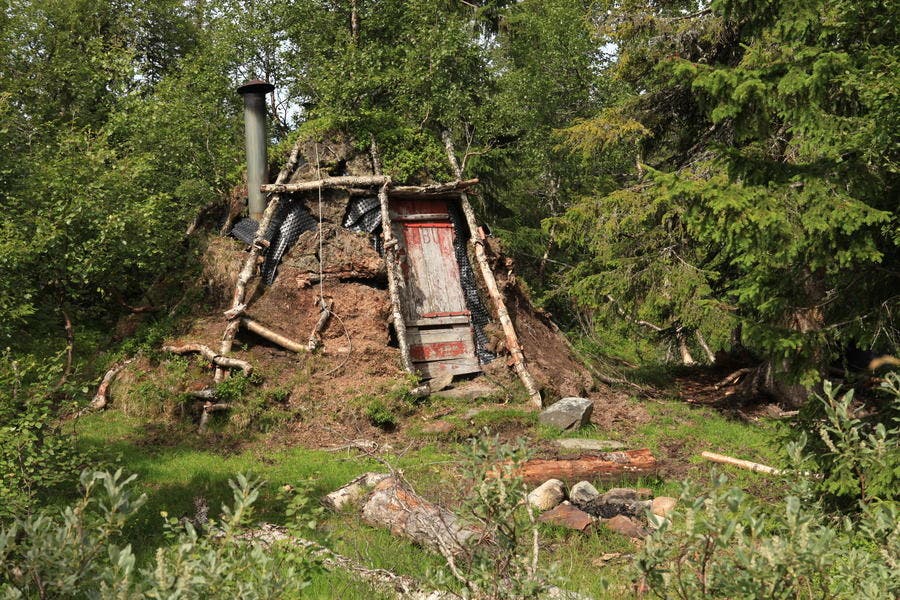
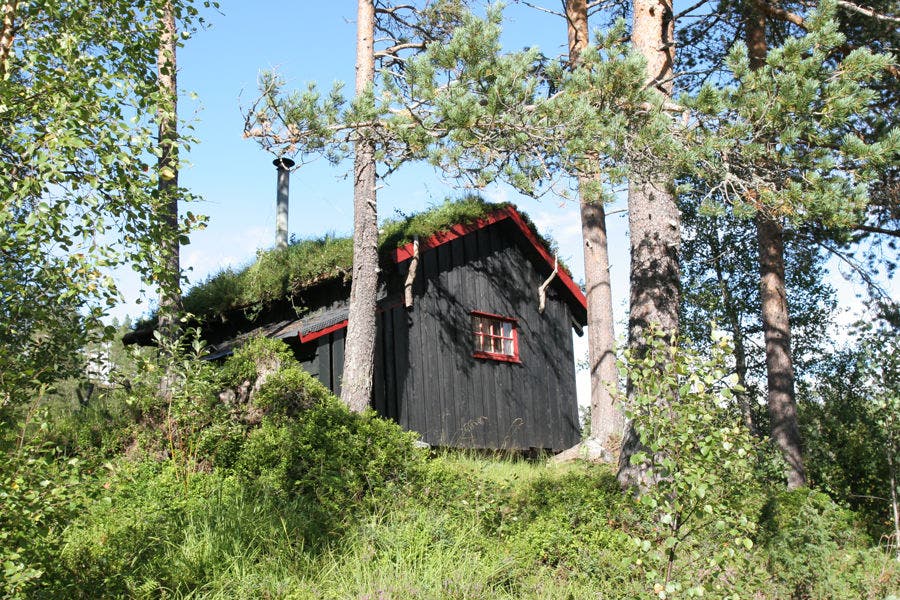

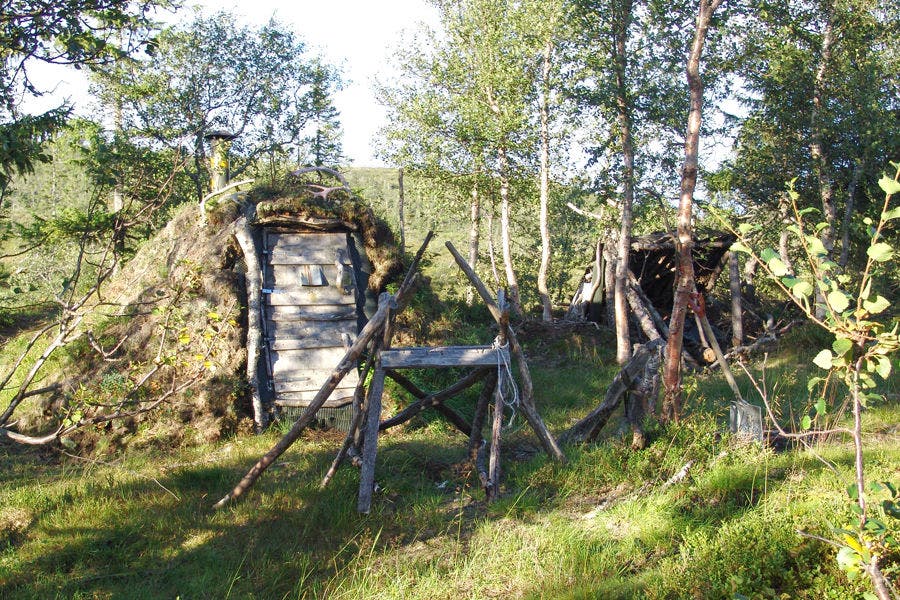
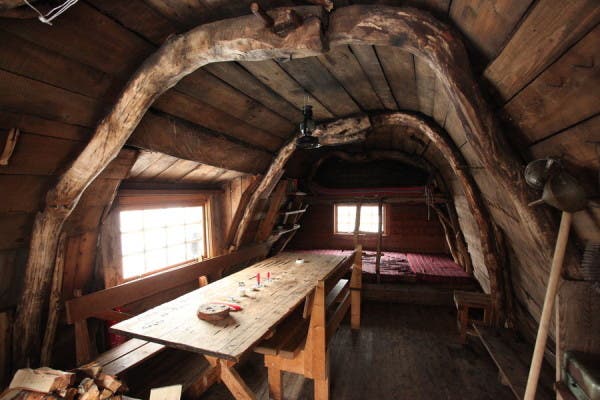
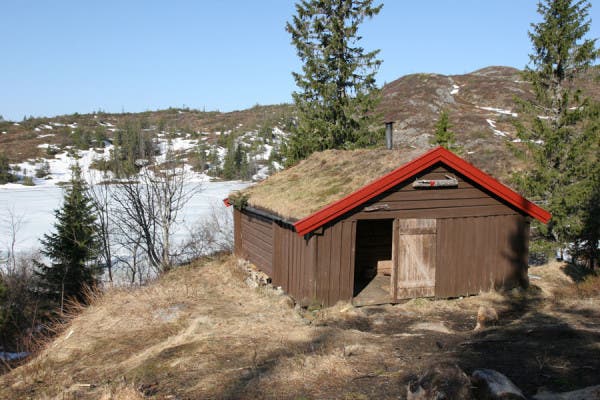
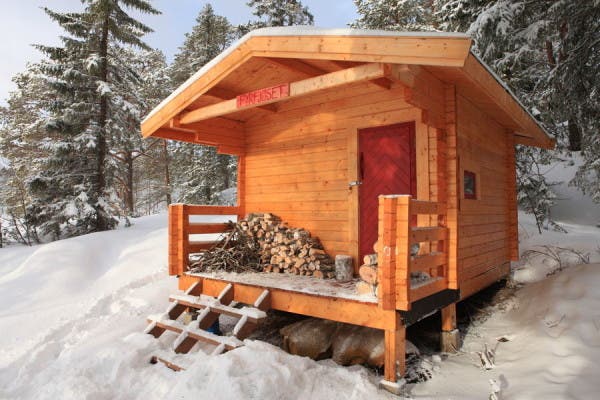
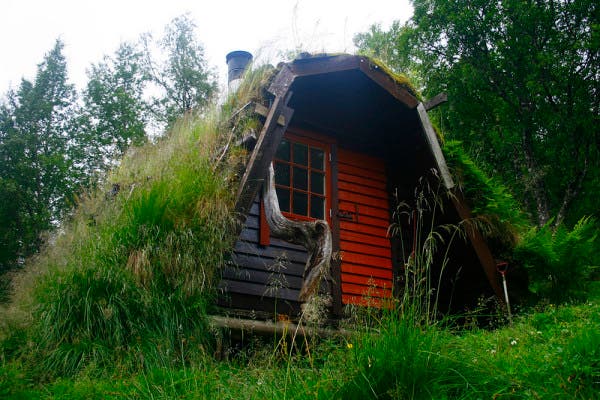
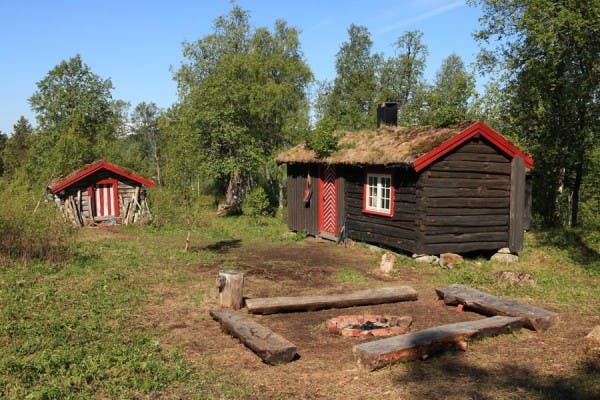
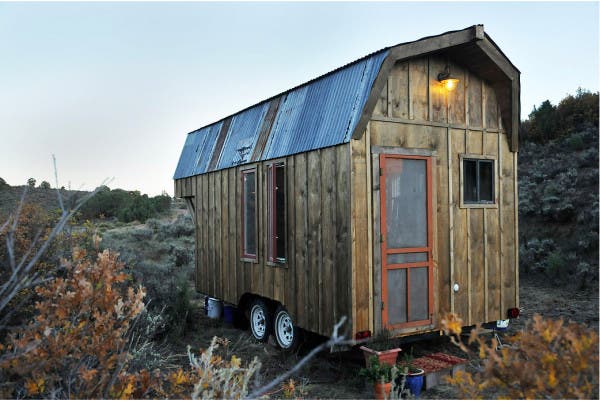
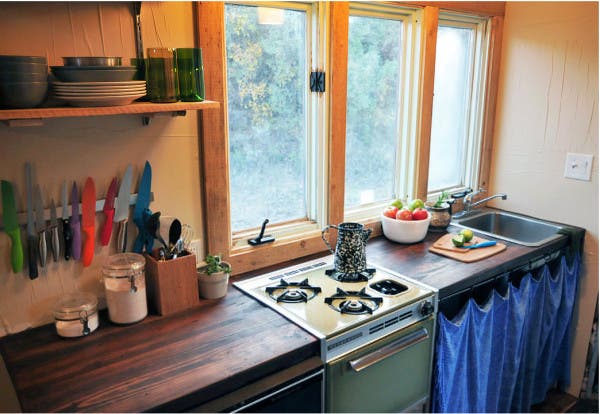
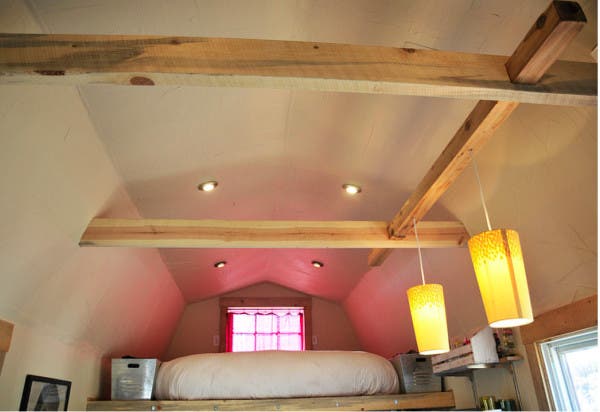
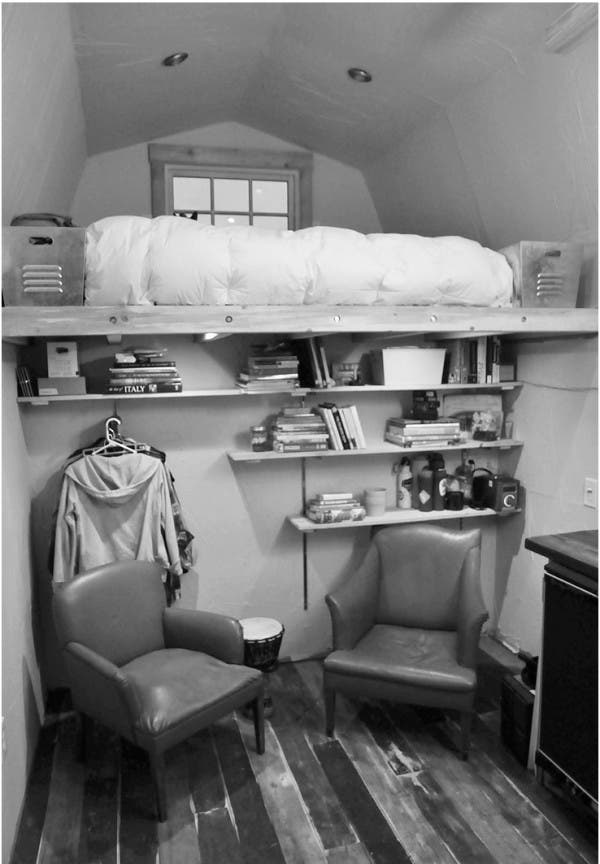
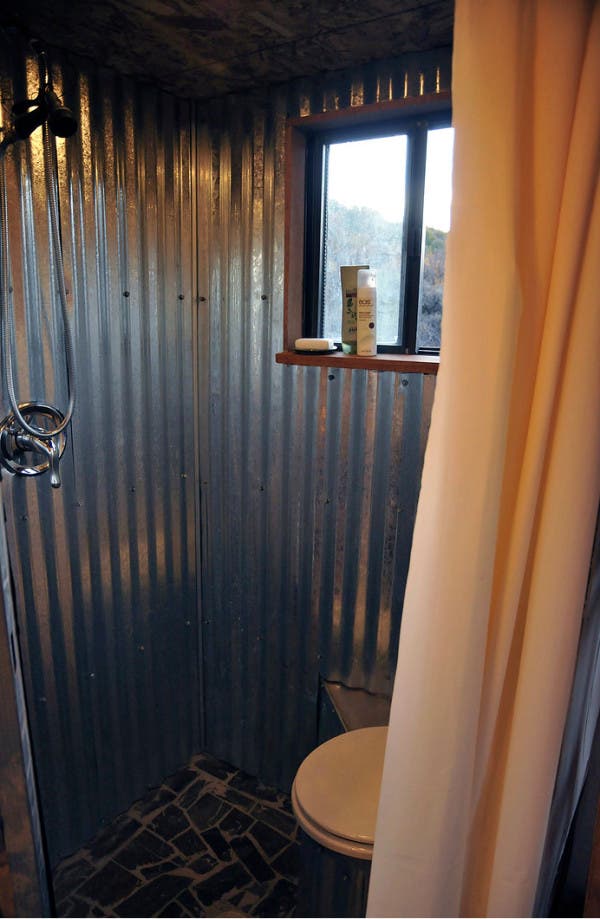
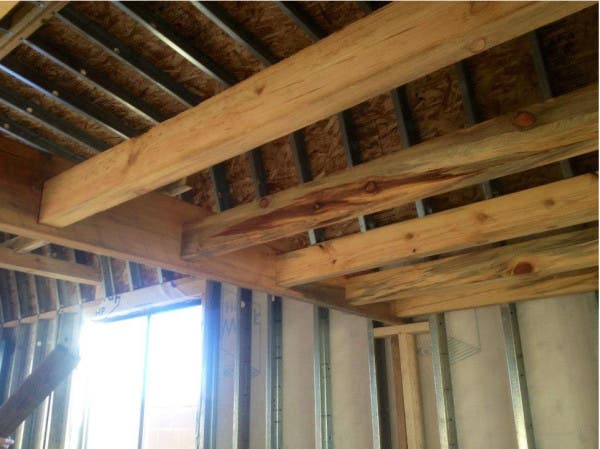
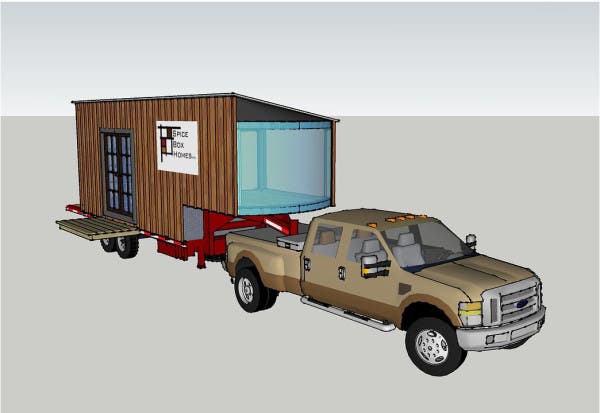
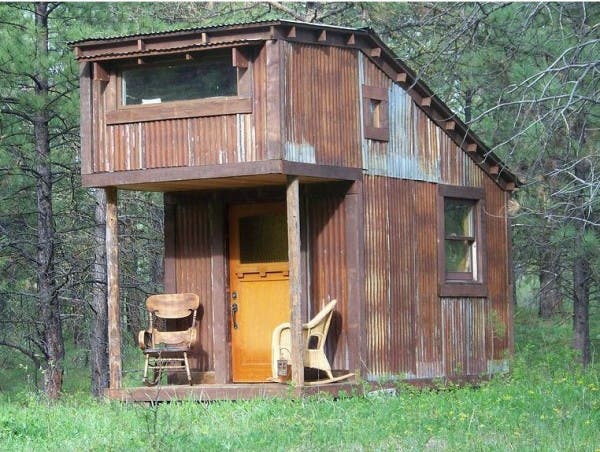
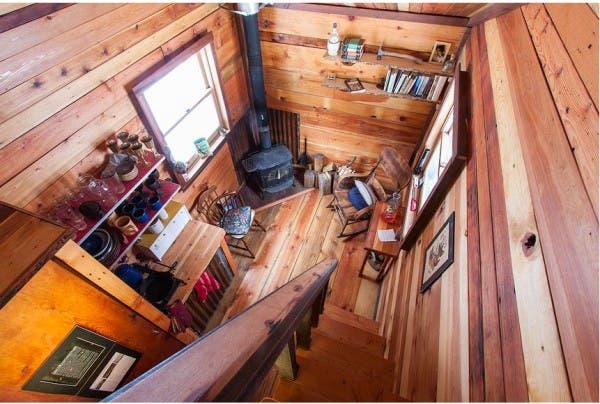
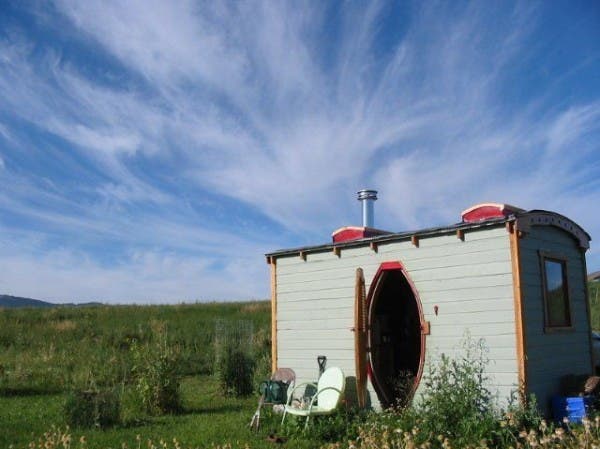
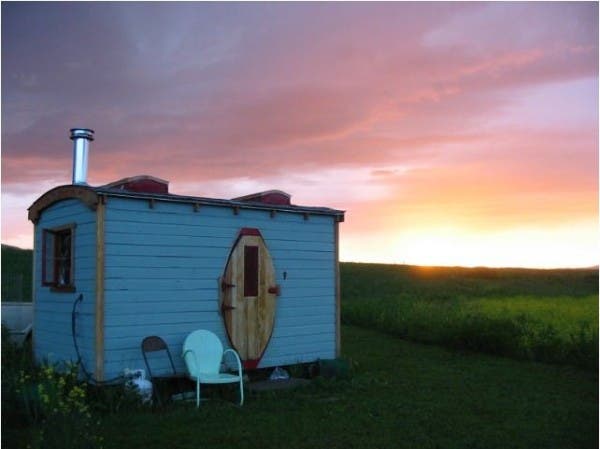
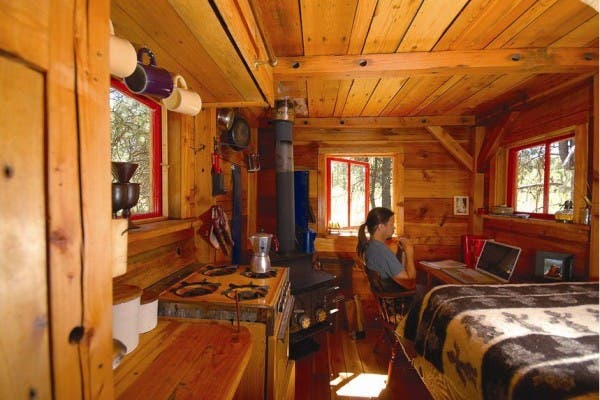
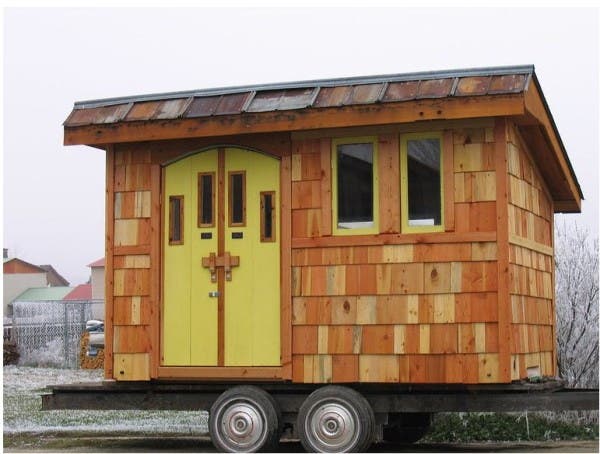
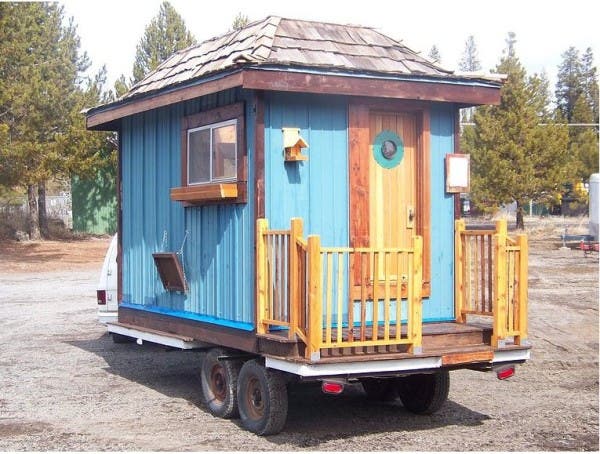
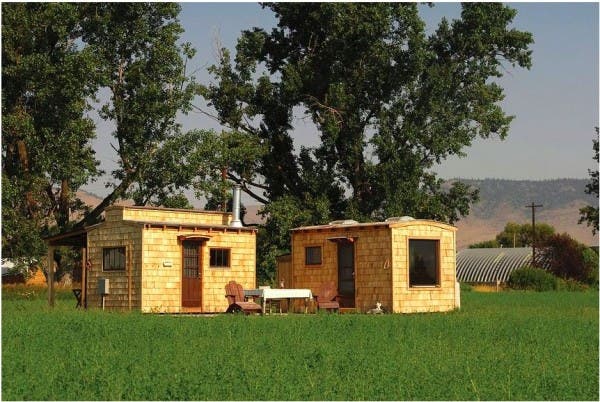
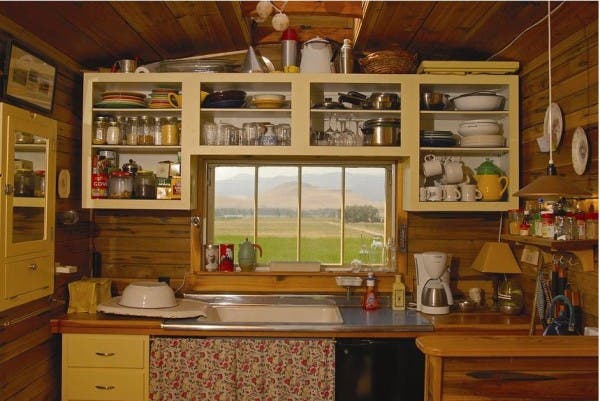
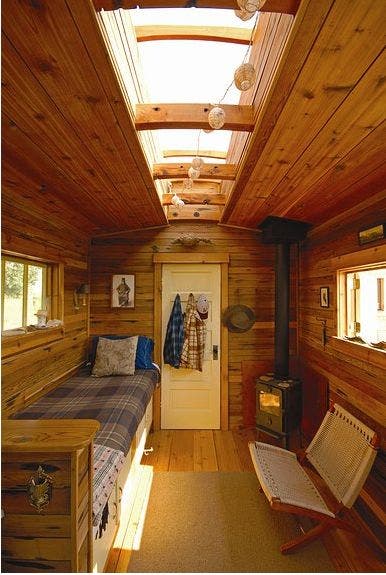

No comments:
Post a Comment